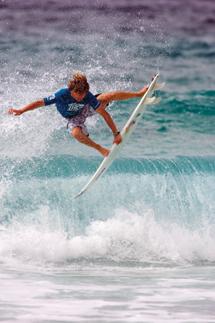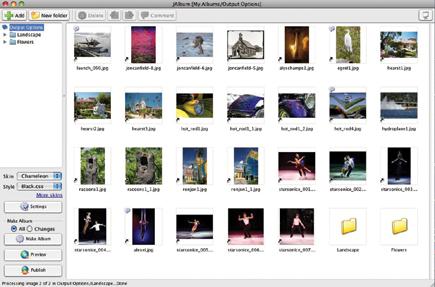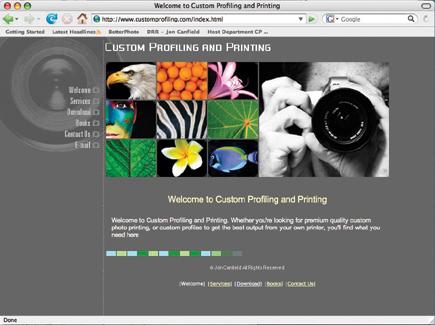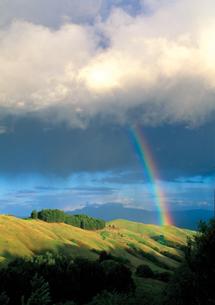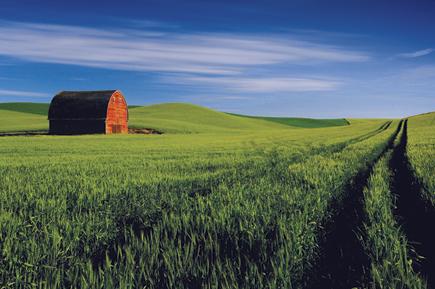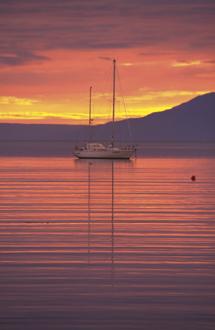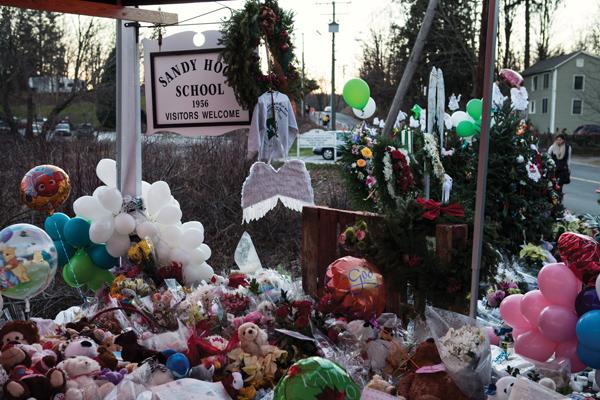Pro Techniques
Sort By: Post DateTitle Publish Date
|
Apr 01, 2008
|
Jun 01, 2004
|
Mar 01, 2008
|
May 01, 2007
|
May 01, 2007
|
Aug 01, 2007
|
Feb 01, 2009
|
Apr 01, 2008
|
Feb 01, 2005
|
May 01, 2009
|
May 28, 2013 |
First Published: Apr 01, 2013
|
May 23, 2012 |
First Published: Apr 01, 2012
|
Mar 23, 2012 |
First Published: Feb 01, 2012
|
Oct 12, 2011 |
First Published: Sep 01, 2011
